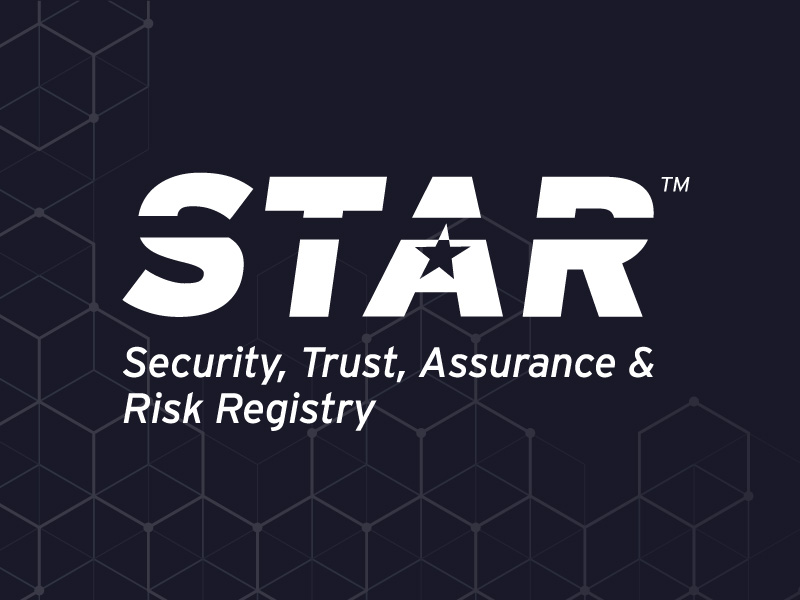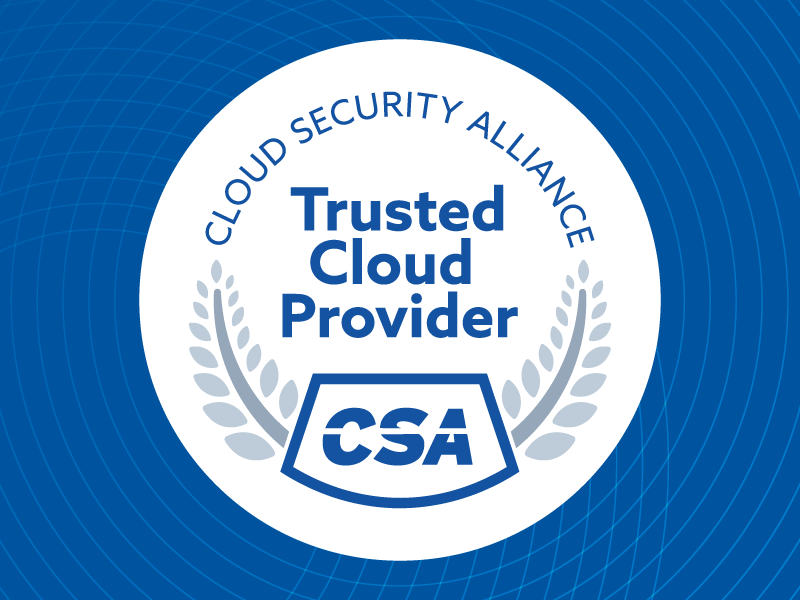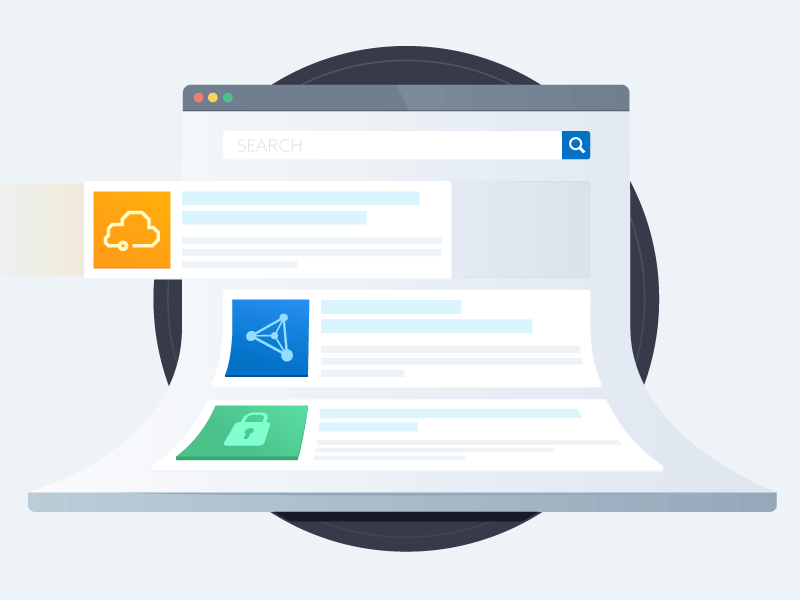SOC 2 Meets HIPAA: A Unified Approach to Data Protection and Privacy
Published 04/14/2025
Originally published by Scrut Automation.
Written by Amrita Agnihotri.
Cyber threats in healthcare are rising at an alarming rate. Over the past five years, hacking-related breaches have surged by 256%, with ransomware incidents up by 264%, according to the U.S. Department of Health and Human Services (HHS).
To combat these growing risks, covered entities and business associates under the Health Insurance Portability and Accountability Act (HIPAA) must take proactive steps to protect sensitive health data. While no framework can eliminate threats entirely, SOC 2 and HIPAA provide essential guidance for strengthening security controls, access management, and data protection.
Let’s explore how aligning with both frameworks enhances security, streamlines compliance, and helps organizations stay ahead of regulatory challenges.
SOC 2: The foundation for security controls
SOC 2, a compliance framework built on the Trust Service Criteria (TSC), provides a structured approach to data management and security. Its five core principles—Security, Availability, Processing Integrity, Confidentiality, and Privacy—are designed to guide organizations in building and maintaining secure information systems. By implementing these controls, businesses can ensure they meet data handling and infrastructure management best practices.
SOC 2 helps address common security vulnerabilities, such as:
- Access control: Ensures only authorized users can access sensitive data, mitigating insider threats and unauthorized access risks.
- Audit logging and monitoring: Logs activities to detect potential threats early, allowing organizations to take a proactive approach to cybersecurity.
- Change management and incident response: Establishes secure processes to manage system changes and handle incidents swiftly and effectively.
By achieving SOC 2 compliance, businesses can build trust with stakeholders, mitigate risks, and safeguard their reputations.
HIPAA: Protecting patient data
HIPAA sets strict guidelines for the privacy and security of PHI, which extends beyond traditional healthcare providers to encompass life sciences, biotech, and even tech companies handling health data. HIPAA compliance is essential to protect against the rising tide of cybercrime targeting sensitive health data.
Key HIPAA components include:
- Privacy rule: Governs how PHI can be used and disclosed while ensuring accessibility for necessary healthcare operations.
- Security rule: Mandates safeguards for electronic PHI (ePHI), including technical, physical, and administrative protections to prevent unauthorized access or breaches.
- Breach notification rule: Requires organizations to notify affected individuals, the Department of HHS, and, in some cases, the media, in the event of a breach.
The stakes are high for non-traditional healthcare entities handling PHI. Non-compliance can result in significant fines, reputational damage, and legal liabilities.
SOC 2 + HIPAA: A strategic advantage Integrating
SOC 2 and HIPAA compliance not only ensures regulatory adherence but also provides several strategic advantages for organizations:
- Enhanced security and privacy posture: SOC 2’s emphasis on availability, confidentiality, and security complements HIPAA’s strict data protection mandates, forming a multi-layered defense to reduce the risk of breaches.
- Trust and competitive edge: In today’s data-sensitive industries, organizations that demonstrate dual compliance build stronger trust with clients, partners, and investors. This proactive stance enhances a company’s reputation and makes it a preferred choice for industries like healthcare, fintech, and insurance.
- Operational synergy: SOC 2 and HIPAA share overlapping requirements such as access management, risk assessments, encryption, and audit trails. This synergy allows businesses to streamline internal processes, reduce audit fatigue, and minimize redundancies, resulting in operational efficiency.
- Future-proofing and scalability: As privacy laws evolve, organizations that adhere to SOC 2 and HIPAA frameworks are better positioned to swiftly adapt to changes, such as those brought on by GDPR, CPRA, and emerging AI regulations. The foundation these frameworks provide ensures future compliance updates can be implemented seamlessly.
- Cost optimization and risk mitigation: Dual compliance reduces operational costs, mitigates penalty risks, and avoids disruptions from non-compliance by aligning security and privacy controls.

Challenges in achieving dual compliance
While the benefits of SOC 2 and HIPAA compliance are clear, achieving dual compliance presents challenges:
- Complexity of overlapping requirements: The frameworks share many similarities in control areas but differ in implementation. Aligning the two without duplication requires careful planning and coordination.
- Resource and cost burden: Achieving dual compliance often demands significant resources for audits, training, and ongoing monitoring. For smaller organizations, this can strain budgets and resources.
- Coordination across departments: Achieving dual compliance necessitates cross-functional collaboration across IT, legal, HR, and operations departments, which can be difficult, especially in larger or decentralized organizations.
- Evolving threat landscape and regulatory changes: The cybersecurity threat landscape is dynamic, and both HIPAA and SOC 2 require continuous updates to stay ahead of new threats and regulations.
Despite these challenges, organizations that adopt integrated compliance platforms, invest in employee training, and collaborate across departments can successfully navigate the complexities of dual compliance. The result is a resilient, streamlined compliance strategy that aligns with business goals while meeting regulatory requirements.
Conclusion
Achieving compliance with both SOC 2 and HIPAA is more than a regulatory obligation—it’s a proactive strategy for building resilience in an increasingly complex cybersecurity landscape. By integrating these frameworks, organizations can establish robust security controls, streamline compliance efforts, and strengthen stakeholder trust. While dual compliance comes with challenges, the long-term benefits outweigh the hurdles. A unified approach not only mitigates risks but also positions organizations for future regulatory changes, operational efficiency, and a competitive advantage in data-sensitive industries.
Unlock Cloud Security Insights
Subscribe to our newsletter for the latest expert trends and updates
Related Articles:
From Compliance to Culture: What CISOs Need to Know About Evolving SAT
Published: 10/02/2025







.jpeg)
.jpeg)
.jpeg)